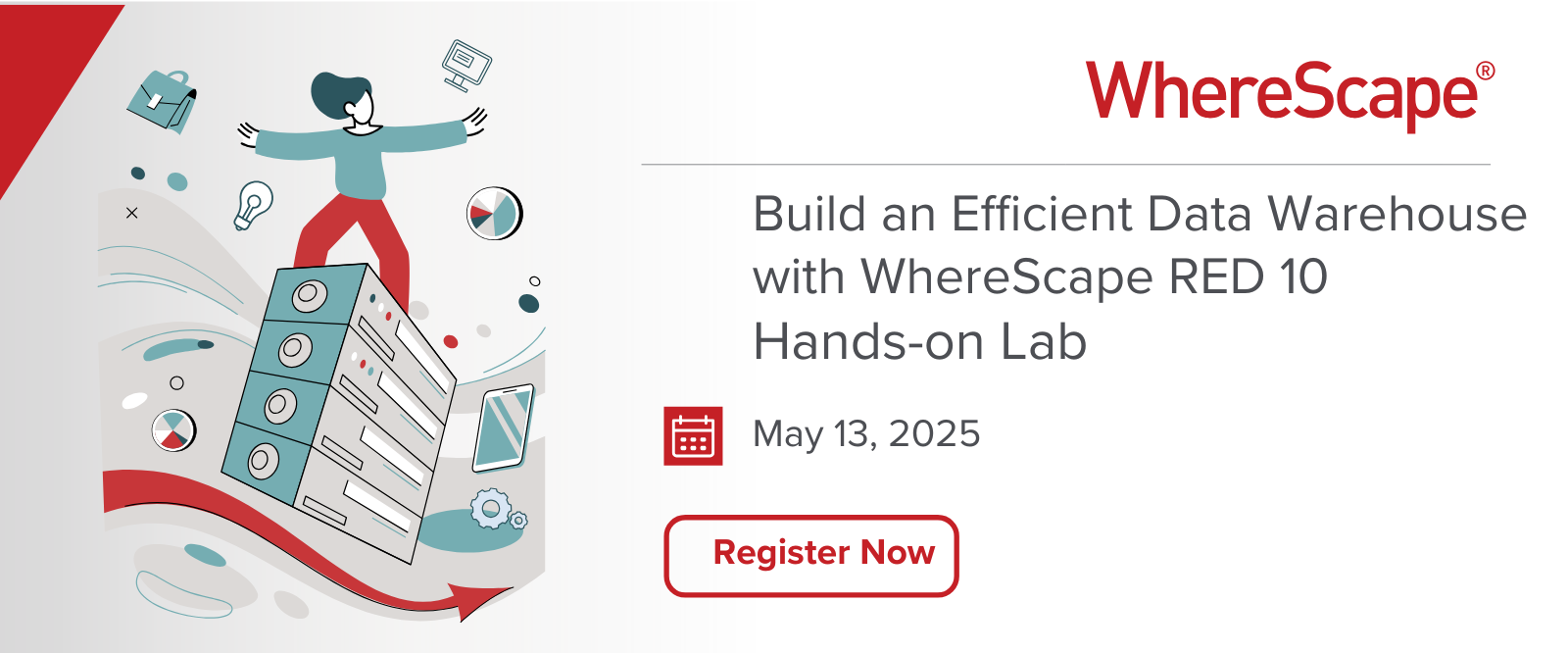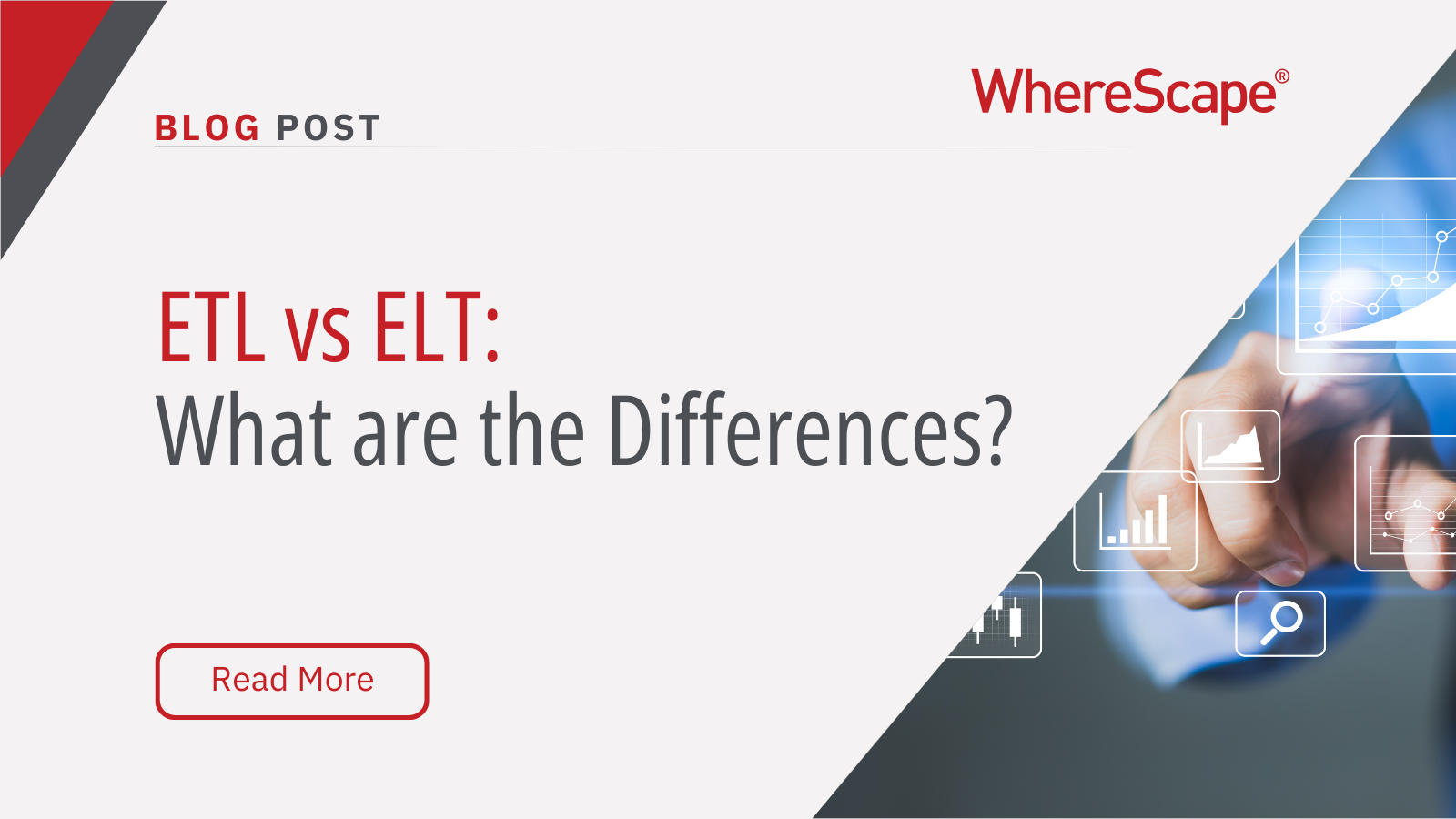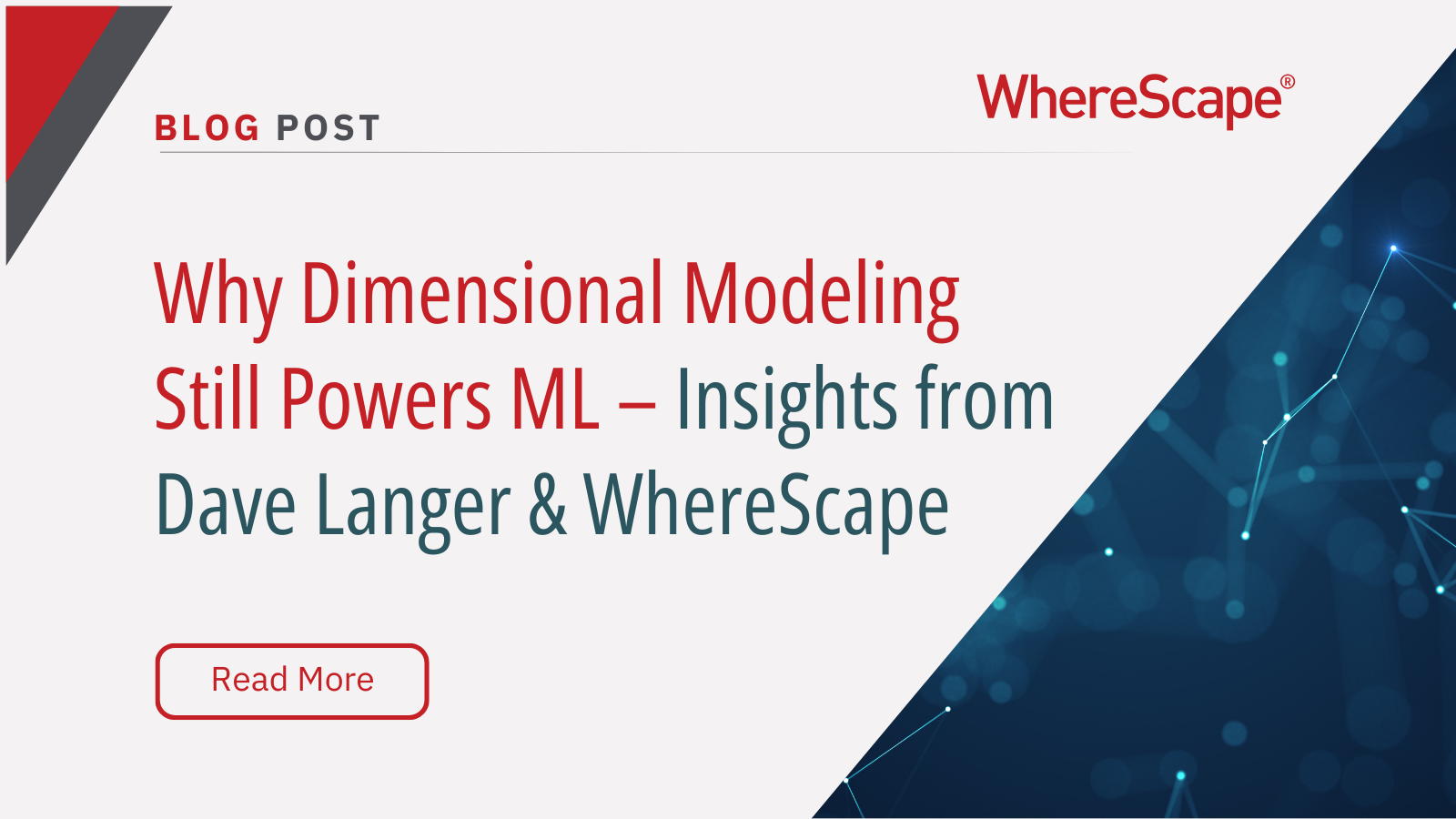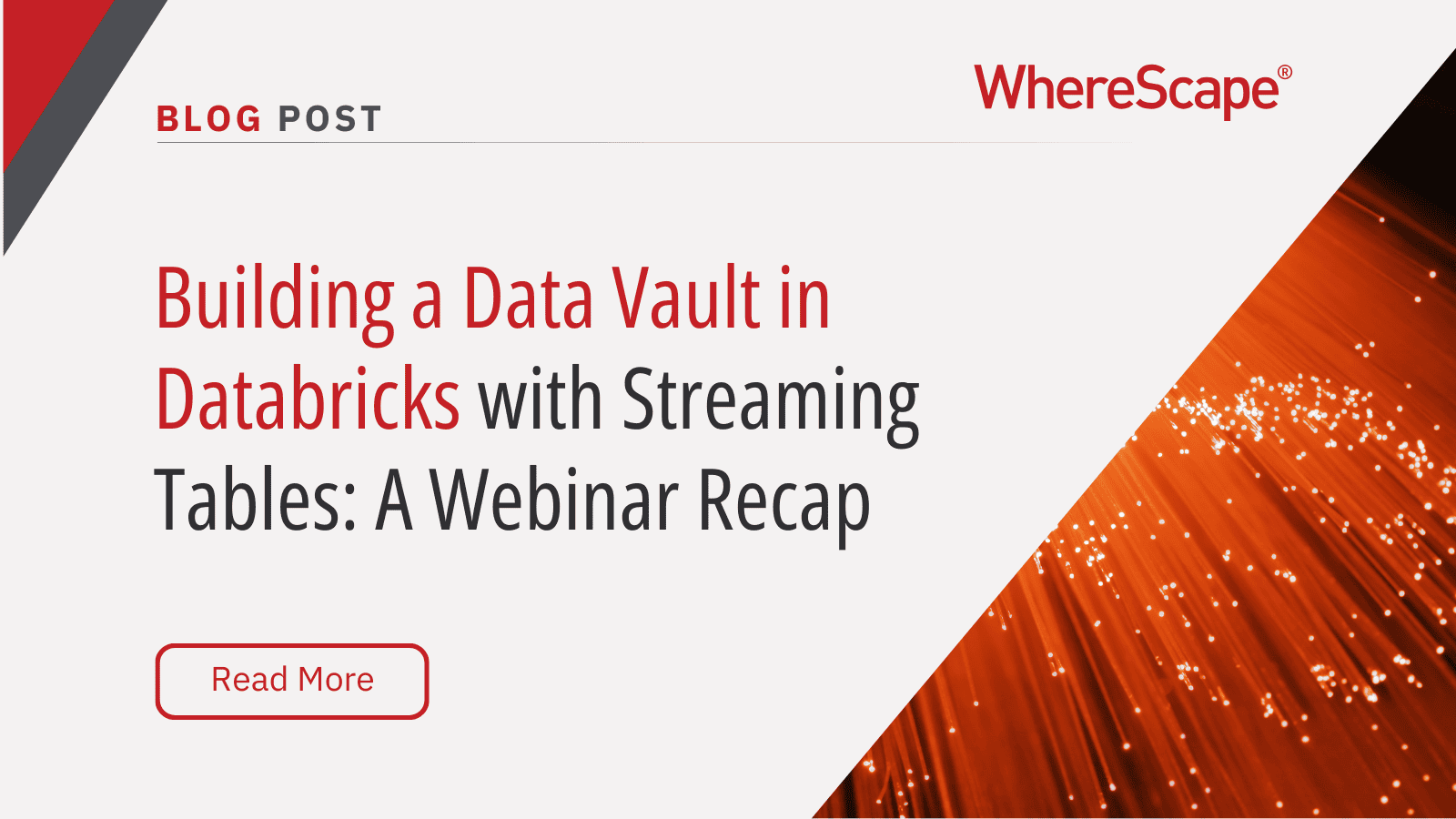Tune in for a free, live virtual hands-on lab...
Enhancing Data Interoperability: Connecting Diverse Systems with WhereScape
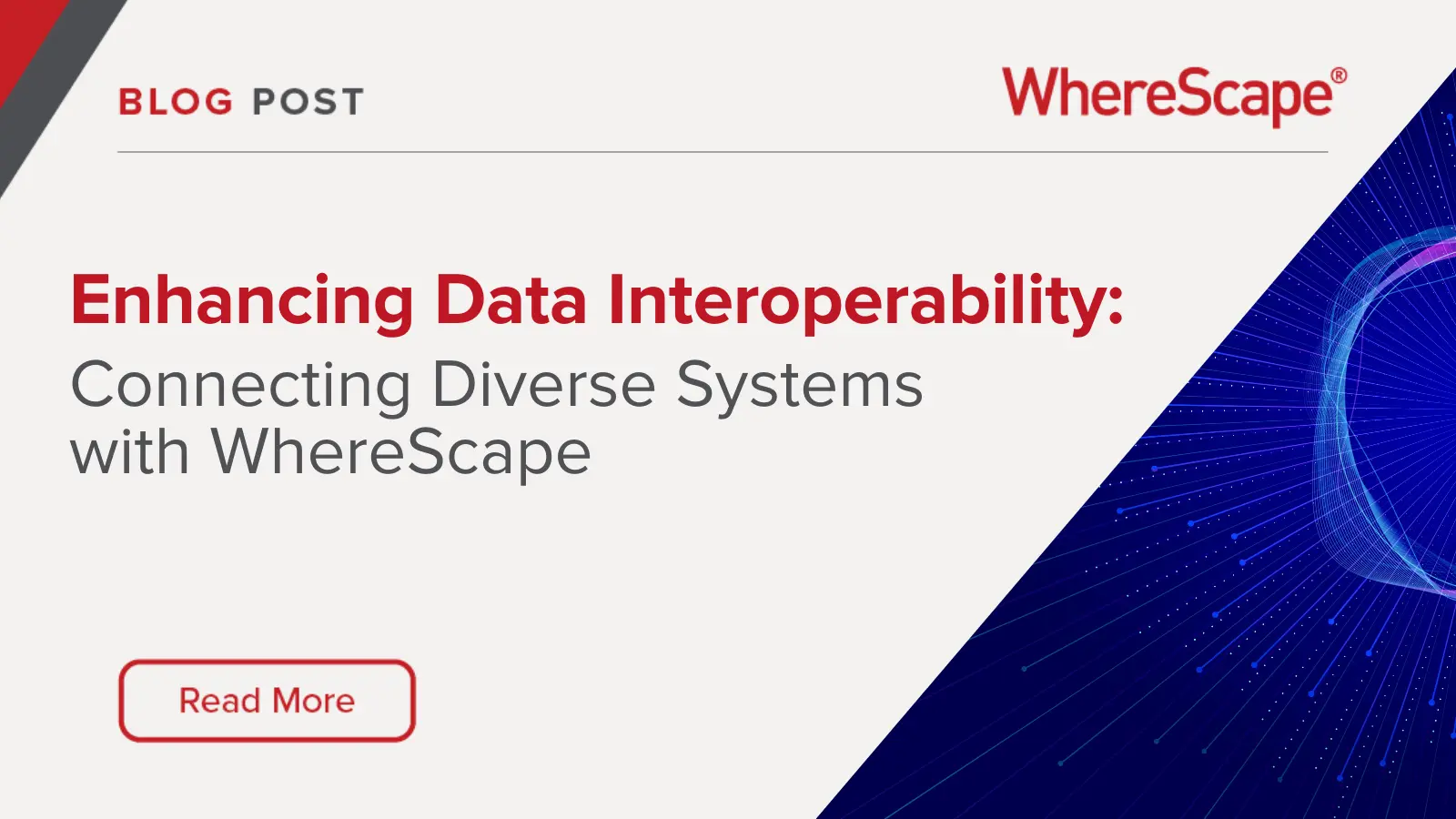
Understanding Data Interoperability in Modern Enterprises
Modern enterprises use countless different systems to gather, store, analyze, and process data. From varying data types to unique purposes and levels of security, a single enterprise handles data in several singular ways, using a variety of platforms and systems. Data also originates from diverse sources, which can include databases, applications, and cloud services. This breadth of data platforms, sources, and solutions is the reason that data interoperability is a must-have for modern enterprises.
Ensuring interoperability means that these individual data systems can communicate and collaborate with one another. This capability is crucial for businesses to gain comprehensive insights based on all available data. It also allows for more efficient, streamlined operations. Achieving data interoperability involves using advanced tools to bridge gaps between separate systems, and then adapting internal processes to merge formats.
As enterprises increasingly rely on data-driven strategies, the importance of data interoperability continues to grow, making it a foundational aspect of modern IT infrastructure.
The Crucial Role of Data Interoperability in Business Efficiency
Data interoperability enhances business efficiency by enabling seamless data flow between systems. This capability allows organizations to avoid silos, reduce redundancies, and ensure that accurate, real-time information is accessible for decision-making across teams. Data integration tools enable teams to aggregate and analyze data from separate departments—such as sales, marketing, finance, and operations—holistically, supporting robust data analytics and business intelligence efforts.
This interoperability leads to improved collaboration, faster response times, and more informed and strategic planning for the future. Additionally, data interoperability supports automation across teams, reducing the need for manual data handling and data modeling. This automated data integration approach minimizes errors, improves data quality, and boosts overall productivity and operational efficiency.
Evaluating System Integration Solutions for Modern IT Landscapes

Selecting the right data integration tools for your organization’s level of complexity and diversity is critical. Especially if you work with a diverse collection of platforms and data sources, you need enterprise data integration solutions that offer flexibility, scalability, and compatibility within your existing infrastructure. Better yet, you need an automated data integration tool that will take the guesswork out of your interoperability systems.
Key Features of Effective System Integration Solutions
System integration solutions that function effectively within complex organizations generally share the following characteristics:
- The ability to support various data formats and protocols
- Connectivity to various data sources, including on-premises databases, cloud platforms, and third-party applications
- Ease of deployment
- Real-time data processing, monitoring, and analytics tools
- Comprehensive support for real-time and batch processing
- Advanced data mapping and transformation capabilities
- Robust security and compliance features
- Automation features
- Intuitive, user-friendly interfaces
By carefully evaluating these factors, businesses can ensure they choose a solution that aligns with their long-term goals.
Leveraging Data Integration Tools for Enhanced Connectivity
Choosing the right data integration tools allows separate teams throughout an enterprise to become more connected. Instead of allowing several team members to repeat the same task and losing time to silos in the workforce, enterprises can instead leverage data integration tools to amplify the skills and work of all teams for the benefit of the organization overall.
Data integration tools facilitate the seamless merging of data from multiple sources, enabling multiple teams to access unified data views and comprehensive analytics. By leveraging data integration tools, businesses can ensure that data flows uninterrupted between systems, fostering a cohesive information ecosystem in which all teams can access the same insights.
Tools like WhereScape can support various data formats and protocols, ensuring compatibility with many supported platforms. Enhanced connectivity through data integration tools leads to more informed decision-making, improved operational efficiency, and a workforce unified by similar goals and understandings.
How Data Integration Tools Simplify Complex System Connections
Data integration tools simplify complex system connections by providing pre-built connectors and automated code based on visual design. These tools pull from different data formats and protocols without getting stuck in intricacies or nuance, allowing users to focus on higher-level integration tasks.
By offering visual data mapping and transformation capabilities, data integration tools make it easier to connect disparate data sources and quickly understand their alignment with business requirements. Automated data integration solutions like WhereScape also reduce the need for manual intervention, which ensures consistent data flows with less room for human error. These tools enable organizations to quickly and efficiently connect various systems, supporting seamless data interoperability.
Implementing Enterprise Data Integration with WhereScape
WhereScape is a top option for connecting diverse data systems and enhancing data interoperability, even in the most complex enterprises. WhereScape’s automation capabilities streamline the design, development, and deployment of data integration processes. Its intuitive interface facilitates quick integration with various data sources, even for non-technical teams. Enterprises can drive improved business outcomes by leveraging WhereScape solutions.
The Advantages of Automated Data Integration
Adopting system integration solutions to enhance connectivity is critical, but the last thing most enterprises need is another tedious task to manage. Automated data integration tools remove repetitive processes from skilled staff to-do lists, all while increasing accuracy.
Organizations can more easily scale by selecting an automated data integration solution like WhereScape because these tools can handle large volumes of data and complex transformations, and because they require less staff member time for these ongoing processes. This added efficiency means teams can focus on more strategic tasks that align with core business goals. Additionally, automation supports real-time data processing, which means organizations can access up-to-date information for timely decision-making to stay ahead of the competition.
Best Practices for Maximizing Data Interoperability
To fully leverage data integration tools, enterprises should follow these best practices:
Standardize Data Formats and Protocols
First, standardize data formats and protocols across the organization. This ensures compatibility and consistency, making your automated data integration tools and strategies more effective.
Implement Robust Data Governance Frameworks
Organizations must implement robust data governance frameworks to manage data quality, security, and compliance. This prevents the compromise of sensitive data during the integration process and ensures that all data management practices align with regulatory requirements.
Encourage Collaboration Across Business Units
To maximize the benefits of your data interoperability strategies, encourage collaboration between all business units. Aligning integration efforts with organizational goals fosters a cohesive approach and ensures that all departments work together towards common objectives.
Planning and Executing Effective Data Integration Projects
Planning and executing effective data integration projects requires the right processes and the best tools. Take your time fleshing out the processes and goals that best align with your organizational direction, then leverage top automation tools like WhereScape to supercharge your data integration project. Find out for yourself how WhereScape can help reduce errors, improve connectivity, and drive organizational change on a scalable level. Request a demo today!
ETL vs ELT: What are the Differences?
In working with hundreds of data teams through WhereScape’s automation platform, we’ve seen this debate evolve as businesses modernize their infrastructure. Each method, ETL vs ELT, offers a unique pathway for transferring raw data into a warehouse, where it can be...
Dimensional Modeling for Machine Learning
Kimball’s dimensional modeling continues to play a critical role in machine learning and data science outcomes, as outlined in the Kimball Group’s 10 Essential Rules of Dimensional Modeling, a framework still widely applied in modern data workflows. In a recent...
Automating Data Vault in Databricks | WhereScape Recap
Automating Data Vault in Databricks can reduce time-to-value by up to 70%—and that’s why we hosted a recent WhereScape webinar to show exactly how. At WhereScape, modern data teams shouldn't have to choose between agility and governance. That's why we hosted a live...
WhereScape Recap: Highlights From Big Data & AI World London 2025
Big Data & AI World London 2025 brought together thousands of data and AI professionals at ExCeL London—and WhereScape was right in the middle of the action. With automation taking center stage across the industry, it was no surprise that our booth and sessions...
Why WhereScape is the Leading Solution for Healthcare Data Automation
Optimizing Healthcare Data Management with Automation Healthcare organizations manage vast amounts of medical data across EHR systems, billing platforms, clinical research, and operational analytics. However, healthcare data integration remains a challenge due to...
WhereScape Q&A: Your Top Questions Answered on Data Vault and Databricks
During our latest WhereScape webinar, attendees had fantastic questions about Data Vault 2.0, Databricks, and metadata automation. We’ve compiled the best questions and answers to help you understand how WhereScape streamlines data modeling, automation, and...
What is Data Fabric? A Smarter Way for Data Management
As of 2023, the global data fabric market was valued at $2.29 billion and is projected to grow to $12.91 billion by 2032, reflecting the critical role and rapid adoption of data fabric solutions in modern data management. The integration of data fabric solutions...
Want Better AI Data Management? Data Automation is the Answer
Understanding the AI Landscape Imagine losing 6% of your annual revenue—simply due to poor data quality. A recent survey found that underperforming AI models, built using low-quality or inaccurate data, cost companies an average of $406 million annually. Artificial...
RED 10: The ‘Git Friendly’ Revolution for CI/CD in Data Warehousing
For years, WhereScape RED has been the engine that powers rapidly built and high performance data warehouses. And while RED 10 has quietly empowered organizations since its launch in 2023, our latest 10.4 release is a game changer. We have dubbed this landmark update...
The Assembly Line for Your Data: How Automation Transforms Data Projects
Imagine an old-fashioned assembly line. Workers pass components down the line, each adding their own piece. It’s repetitive, prone to errors, and can grind to a halt if one person falls behind. Now, picture the modern version—robots assembling products with speed,...
Related Content
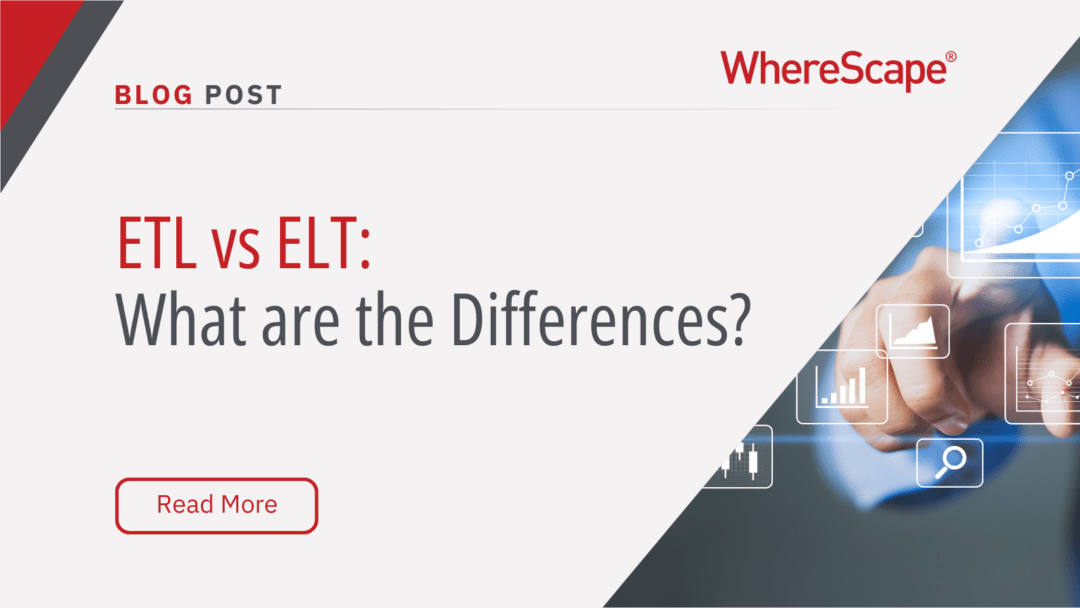
ETL vs ELT: What are the Differences?
In working with hundreds of data teams through WhereScape’s automation platform, we’ve seen this debate evolve as businesses modernize their infrastructure. Each method, ETL vs ELT, offers a unique pathway for transferring raw data into a warehouse, where it can be...
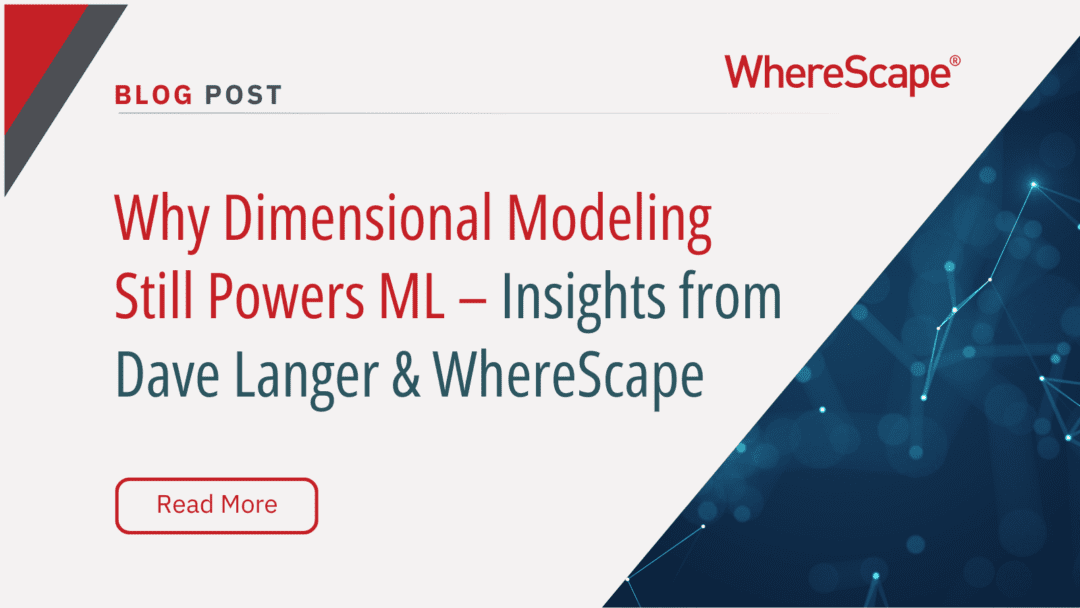
Dimensional Modeling for Machine Learning
Kimball’s dimensional modeling continues to play a critical role in machine learning and data science outcomes, as outlined in the Kimball Group’s 10 Essential Rules of Dimensional Modeling, a framework still widely applied in modern data workflows. In a recent...
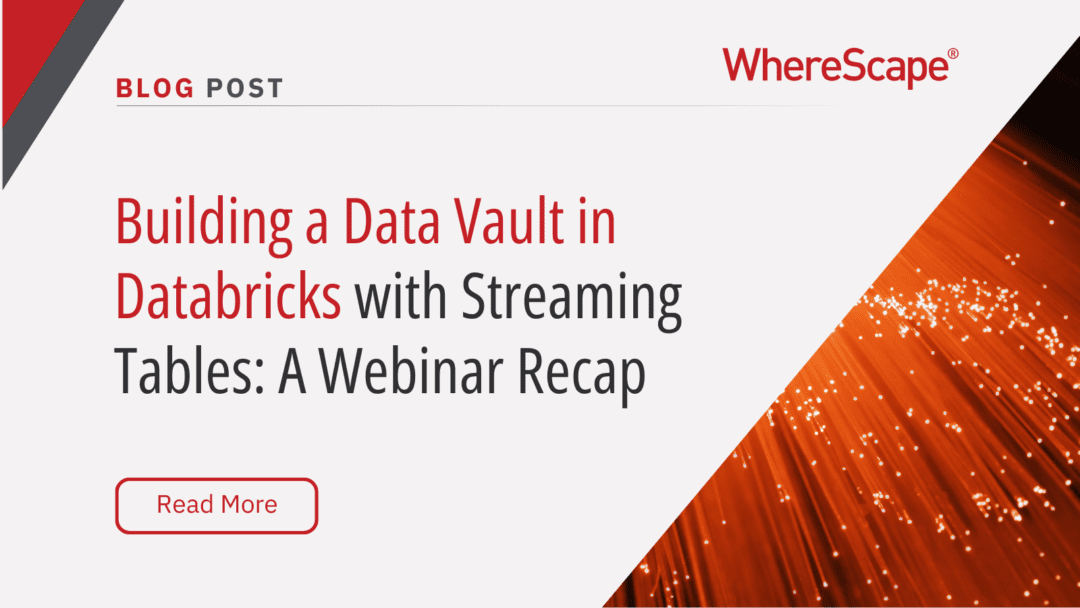
Automating Data Vault in Databricks | WhereScape Recap
Automating Data Vault in Databricks can reduce time-to-value by up to 70%—and that’s why we hosted a recent WhereScape webinar to show exactly how. At WhereScape, modern data teams shouldn't have to choose between agility and governance. That's why we hosted a live...
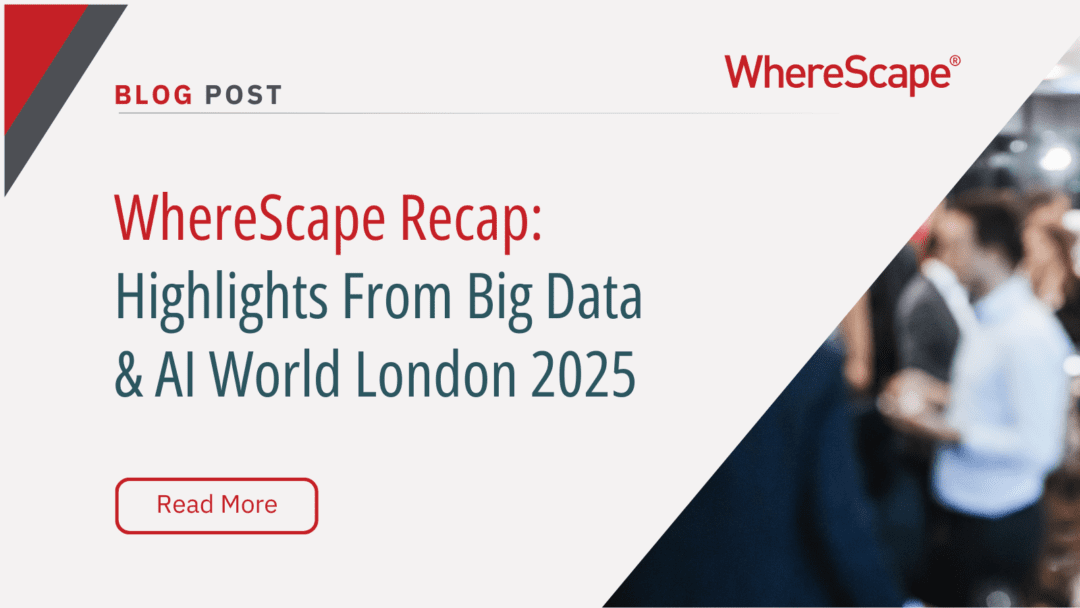
WhereScape Recap: Highlights From Big Data & AI World London 2025
Big Data & AI World London 2025 brought together thousands of data and AI professionals at ExCeL London—and WhereScape was right in the middle of the action. With automation taking center stage across the industry, it was no surprise that our booth and sessions...

